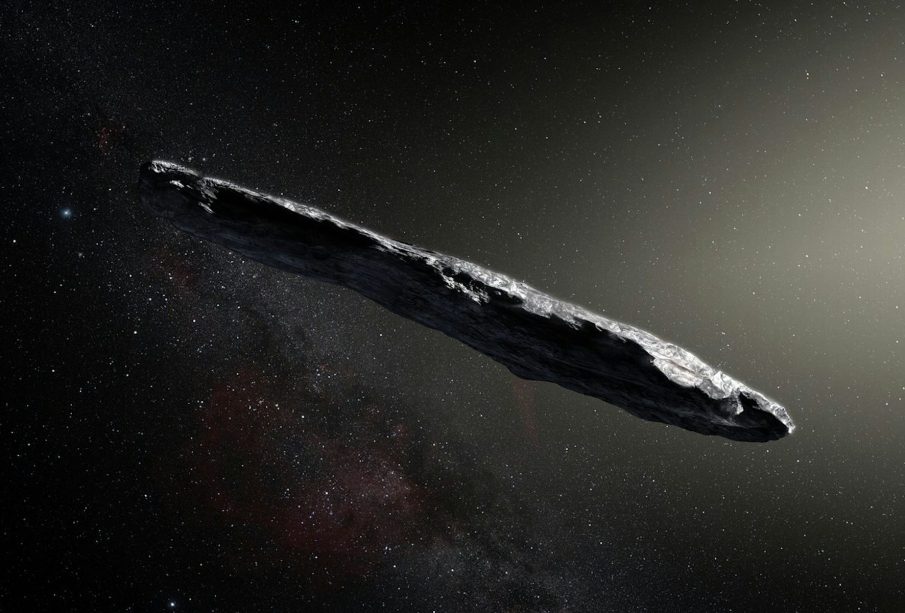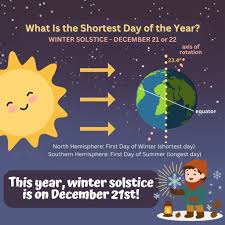Exploring the Interstellar Object in Our Solar System

Introduction
The recent passage of an interstellar object through our solar system has captured the interest of astronomers and space enthusiasts alike. First detected by astronomers in 2017, the object dubbed ‘Oumuamua’ was notable for its peculiar shape and behaviour, leading to various hypotheses about its origin. Understanding such interstellar objects is crucial as it provides insights into the formation and evolution of solar systems, including our own.
The Significance of Interstellar Objects
Interstellar objects are celestial bodies that originate from outside our solar system. These transient visitors are rare, with ‘Oumuamua’ being the first confirmed interstellar object observed passing through our solar system. Its unique characteristics sparked debates about its composition—whether it is a comet, asteroid, or something entirely different. According to data from the European Southern Observatory, its elongated shape and unusually high speed defied typical categorization.
Since the discovery of ‘Oumuamua’, interest in interstellar objects has increased, with various space agencies developing new observational strategies to detect similar phenomena. For instance, NASA’s Pan-STARRS telescope and other ground-based observatories are equipped to identify and study these unique visitors as they approach the inner solar system.
Recent Discoveries
In 2022, a new interstellar object named ‘2022 AV3’ was detected, further underscoring the potential for new research. Scientists have since focused on gathering data to determine the object’s trajectory, composition, and potential origins. By identifying properties such as brightness and spectral signatures, researchers hope to piece together the formation history of these bodies and their role within the cosmic landscape.
Furthermore, breakthroughs in telescope technology are allowing astronomers to track these objects with greater detail than ever before. Projects like the Vera C. Rubin Observatory, expected to come online in the coming years, promise to revolutionize our understanding of not just interstellar objects, but the broader structure of our universe.
Conclusion
The study of interstellar objects becomes increasingly significant as more discoveries emerge. Each new find provides clues not only about the origins of these cosmic visitors but also about the nature of our solar system and the possibilities of life beyond Earth. As scientific capabilities improve, we are likely to witness a surge in knowledge that could redefine our place in the cosmos. Interstellar objects will continue to be a focal point for research, paving the way for future explorations that could reveal much about our universe.









